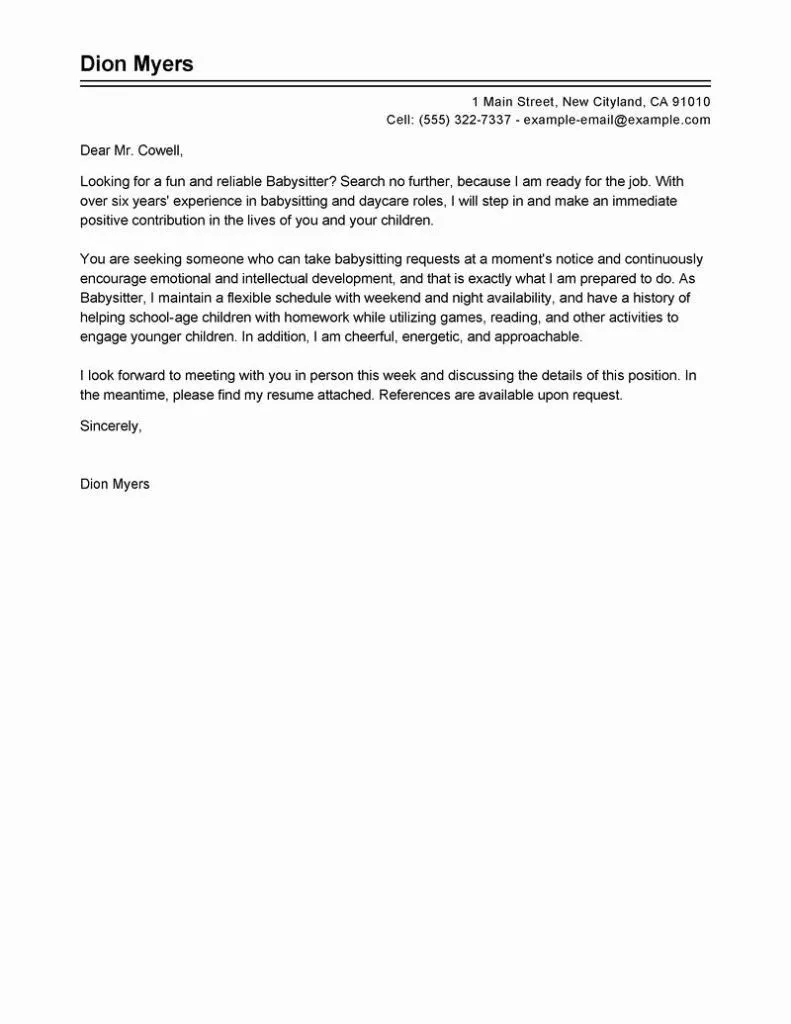Resume Mastery
Crafting a compelling resume is the cornerstone of any successful job application. Your resume is your first impression, a concise snapshot of your skills, experience, and achievements. In a competitive job market, it’s crucial to make your resume stand out. This guide provides seven essential tips to help you master the art of resume writing, ensuring your application shines and captures the attention of potential employers. We will explore how to highlight your skills, quantify your achievements, format your resume effectively, tailor it to specific job descriptions, optimize for Applicant Tracking Systems (ATS), showcase your personality, and refine your resume through careful review and feedback.
Highlighting Your Skills
One of the most important aspects of a resume is effectively showcasing your skills. This is where you present your abilities and expertise in a way that aligns with the job requirements. To do this, start by identifying both your hard skills (technical abilities, software proficiency, etc.) and soft skills (communication, teamwork, problem-solving, etc.). Make sure to include a mix of both, as employers value a well-rounded skillset. Use action verbs to describe your skills, providing examples of how you’ve utilized them in past roles. Consider using a skills section where you can list relevant skills in a clear and concise manner, making it easy for recruiters to quickly identify your qualifications. Remember to tailor your skills section to match the specific requirements of each job you apply for; this demonstrates your attention to detail and your understanding of the role.
Quantifying Achievements
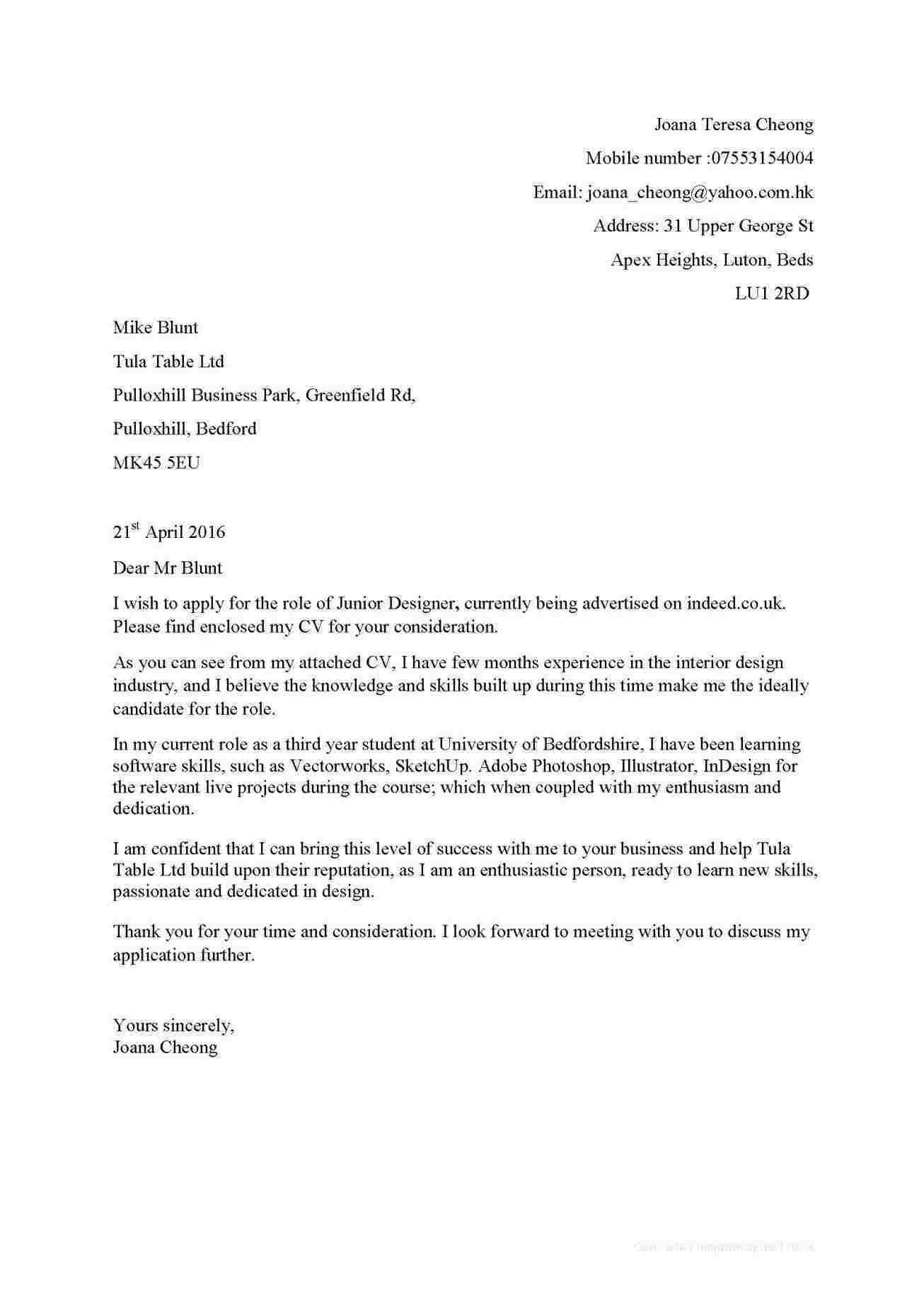
Simply listing your responsibilities isn’t enough; you must demonstrate your impact. Quantifying your achievements is a powerful way to do this. Whenever possible, use numbers, percentages, and specific metrics to illustrate your successes. For instance, instead of saying “Improved customer satisfaction,” say “Increased customer satisfaction by 15% through implementing a new feedback system.” Quantifiable achievements provide concrete evidence of your capabilities and make your resume more compelling. Think about projects you’ve completed, goals you’ve achieved, and problems you’ve solved. What were the results? How did your actions contribute to the company’s success? By focusing on these measurable accomplishments, you make a stronger case for your value to a potential employer. Make sure your accomplishments are relevant to the job you are applying for.
Formatting for Readability
A well-formatted resume is easy to read and visually appealing. Readability is essential because recruiters often scan resumes quickly. Use clear headings, bullet points, and white space to organize your information and make it easy for the reader to find key details. Choose a clean, professional font and maintain consistent formatting throughout the document. Ensure your resume is well-structured, with sections for your contact information, professional summary (optional), work experience, education, and skills. Proper formatting ensures your qualifications are easily accessible and helps your resume stand out in a positive way.
Choosing the Right Font
The font you choose can significantly impact your resume’s readability. Select a font that is easy on the eyes and professional in appearance. Common fonts like Arial, Calibri, and Times New Roman are safe choices. Avoid using overly stylized fonts or fonts that are difficult to read. The font size should be between 10 and 12 points for body text, and slightly larger for headings. Consistency is key; use the same font throughout your resume for a polished look. Consider the industry you are applying to; some fields may have specific font preferences, so research best practices for your target industry.
Using White Space Effectively
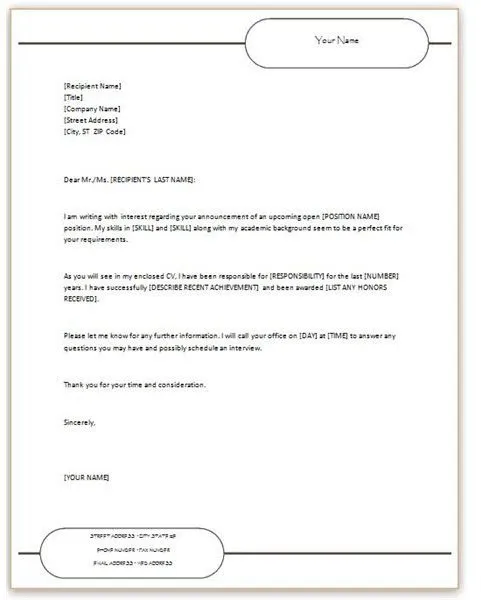
White space, or the blank areas on your resume, is just as important as the text. It provides visual breaks and helps the reader’s eye navigate the document more easily. Use white space around headings, between sections, and around bullet points. Avoid overcrowding your resume with too much text; this can make it look cluttered and difficult to read. Proper use of white space enhances readability and makes your resume more visually appealing. A well-balanced layout gives a professional impression and ensures your key information is easily found. Aim for a clean, uncluttered design.
Tailoring to the Job
Generic resumes rarely impress. To truly stand out, tailor your resume to each job you apply for. Carefully review the job description and identify the key skills and qualifications the employer is seeking. Then, adjust your resume to highlight the experiences and skills that directly match those requirements. Customize your resume by rephrasing your work experience descriptions to align with the language used in the job posting. This shows the hiring manager that you have taken the time to understand the specific needs of the role and that you possess the necessary qualifications. This personalization significantly increases your chances of getting noticed.
Keywords Optimization
Many companies use Applicant Tracking Systems (ATS) to scan resumes for relevant keywords. To ensure your resume gets past the ATS, incorporate keywords from the job description into your resume. Identify the key skills, qualifications, and industry-specific terms mentioned in the job posting. Use these keywords naturally throughout your resume, particularly in your skills section, professional summary, and work experience descriptions. Avoid keyword stuffing, which can make your resume appear unnatural and unprofessional. The goal is to seamlessly integrate relevant keywords to increase the chances of your resume being selected for human review.
Reviewing and Editing
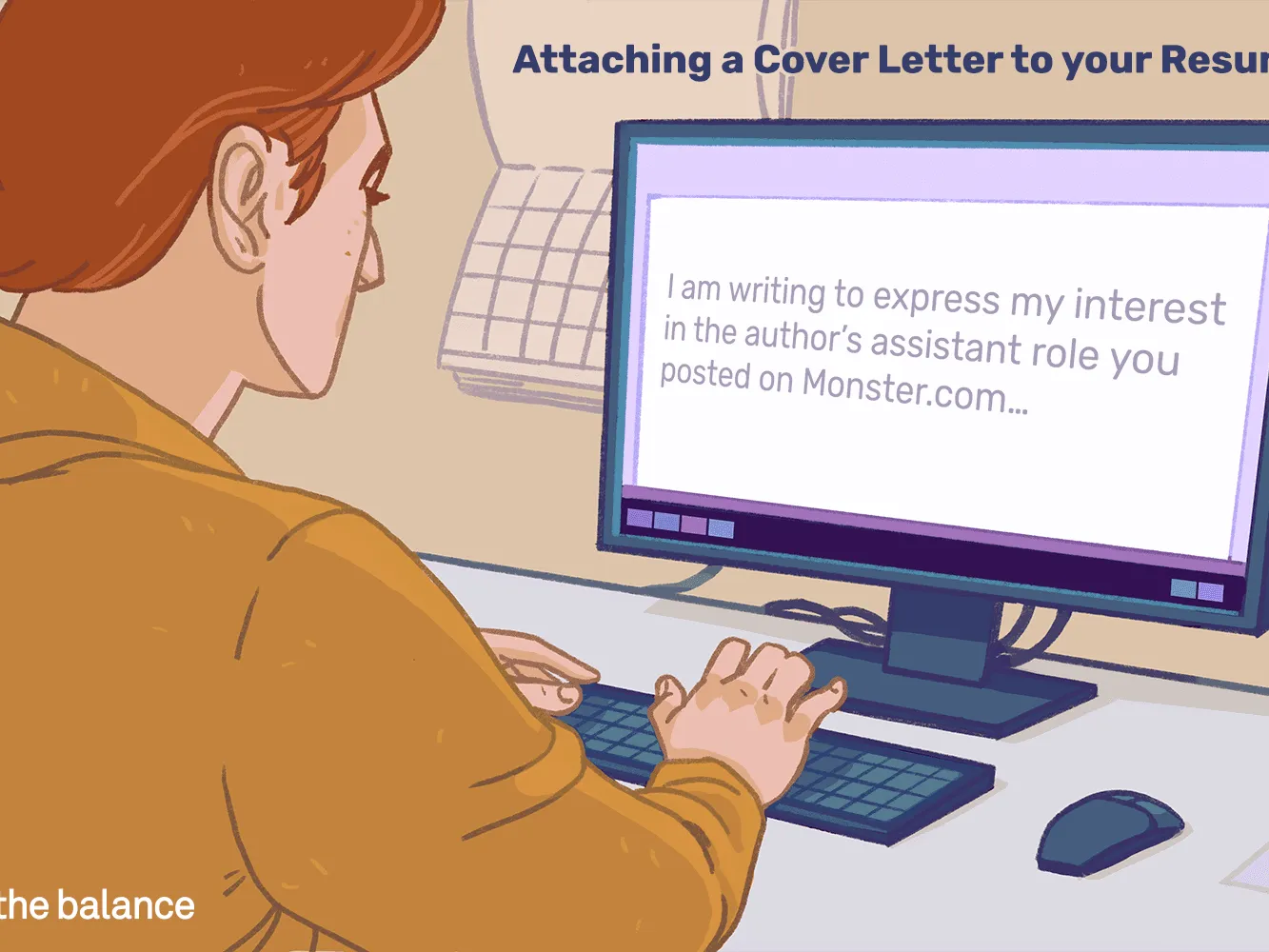
The final step in resume mastery is thorough review and editing. A well-crafted resume is free of errors and presented professionally. Take the time to review your resume carefully for any mistakes in grammar, spelling, or formatting. Read your resume aloud to catch any awkward phrasing or inconsistencies. It is also beneficial to get a second opinion from a friend, family member, or career counselor.
Proofreading for Errors
Proofreading is critical to ensure your resume is polished and professional. Errors can undermine your credibility and make you appear careless. Carefully check for any typos, grammatical errors, and punctuation mistakes. Pay close attention to details such as dates, contact information, and the consistency of formatting. Use a grammar and spell-checking tool, but don’t rely solely on it; human review is essential. Read your resume multiple times, as it’s easy to miss errors the first time around. A clean, error-free resume demonstrates your attention to detail and your commitment to excellence.
Seeking Feedback
Getting feedback is invaluable to improve your resume. Ask friends, family members, career counselors, or professional resume writers to review your resume and provide constructive criticism. They can identify areas for improvement that you might have missed. Ask them to assess the clarity, conciseness, and overall effectiveness of your resume. Consider their suggestions and make revisions accordingly. Different people will offer different perspectives, so try to synthesize the feedback and incorporate the suggestions that will best strengthen your resume. A fresh pair of eyes can often catch errors or suggest improvements that you wouldn’t notice on your own.
Formatting for ATS
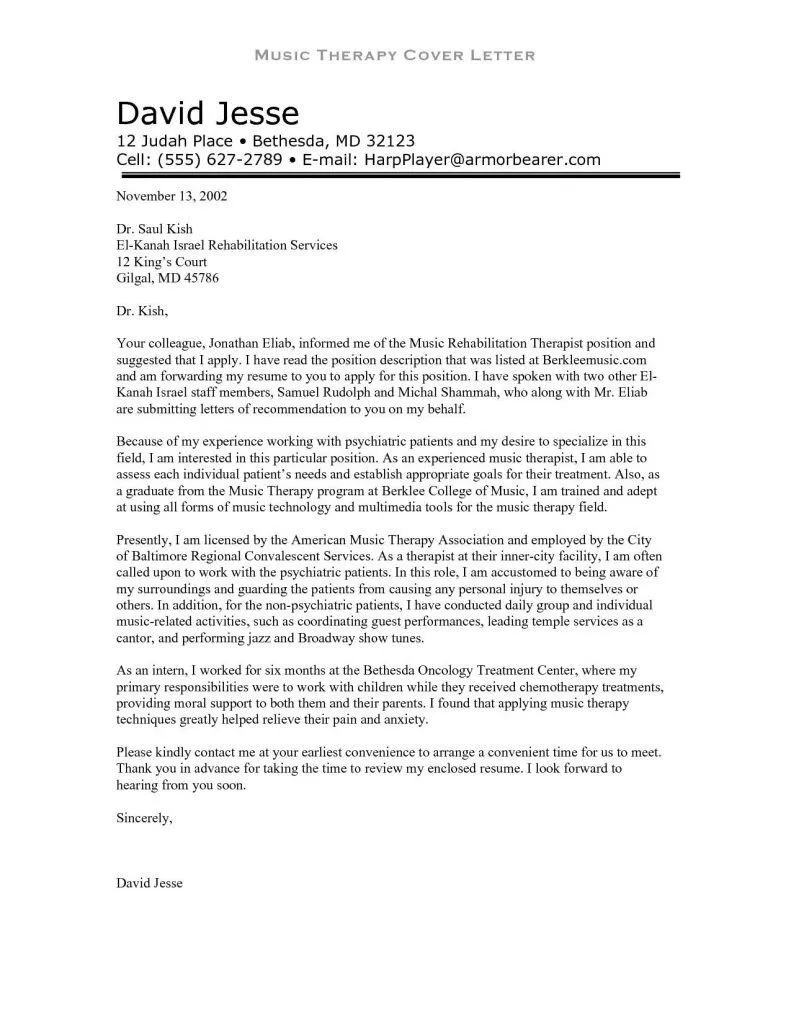
Applicant Tracking Systems (ATS) are used by many companies to screen resumes. Make sure your resume is formatted in a way that can be easily read by these systems. Avoid using tables, complex graphics, or unusual formatting that may not be correctly interpreted by the ATS. Use a simple, clean format with standard fonts and headings. Save your resume as a .doc or .docx file, as these are generally compatible with ATS. Include relevant keywords throughout your resume, and be sure to list your skills in a clear and concise manner. Testing your resume with an ATS-compatible tool can help you ensure it will be properly scanned.
Showcasing Your Personality
While your resume should be professional, it should also reflect your personality and unique qualities. Use your professional summary to provide a brief overview of your career goals and what you bring to the table. In your work experience descriptions, focus on the accomplishments and achievements that demonstrate your skills and personality. Use action verbs to show initiative and drive. You can also include a skills section where you showcase both hard and soft skills. Remember that a resume is an opportunity to showcase your personality and differentiate yourself from other applicants. Be authentic and let your unique qualities shine through.
Adding a Professional Summary
A professional summary is a brief statement at the top of your resume that provides an overview of your career goals and key qualifications. It should be tailored to the specific job you are applying for, highlighting the most relevant aspects of your experience and skills. Use the summary to showcase what makes you unique and what you can bring to the role. Keep it concise and focused, and use keywords from the job description. A well-crafted professional summary can quickly capture the attention of hiring managers and encourage them to read the rest of your resume. It’s your chance to make a strong first impression and set the tone for your application.
Including a Skills Section
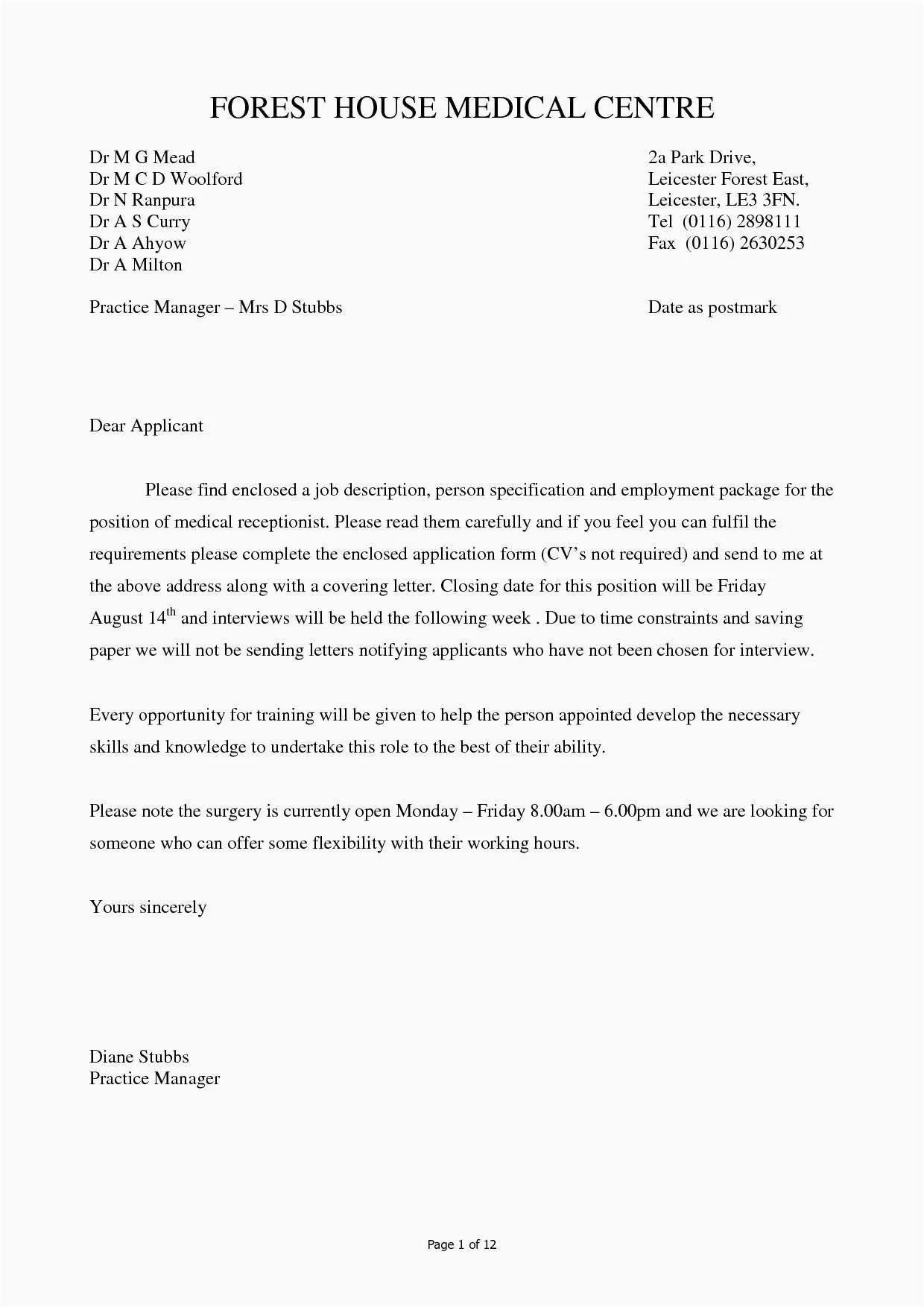
A skills section is a dedicated area on your resume to list your relevant skills and abilities. This can be formatted as a bulleted list or organized into categories. The skills section is an easy way to showcase your expertise, making it easy for recruiters to see at a glance if you have the necessary qualifications for the job. List both hard skills (technical skills) and soft skills (communication, teamwork, etc.). Tailor this section to the job you’re applying for. This ensures that you are highlighting the most relevant skills for the role. Organize your skills logically, using keywords from the job description to help your resume get past ATS.
